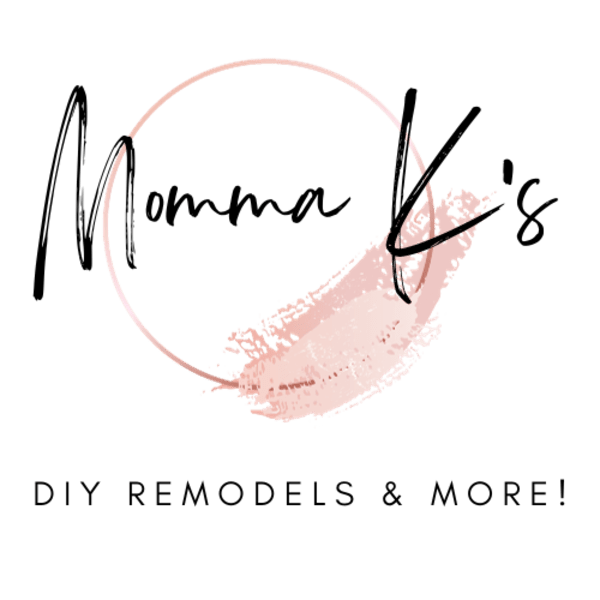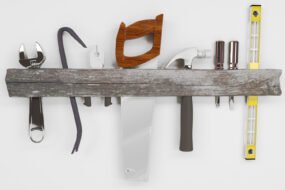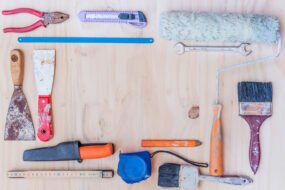
Embarking on DIY projects can be incredibly rewarding, but equipping yourself with the right tools doesn’t have to drain your wallet. Whether you’re a beginner looking to dip your toes into home improvement or an experienced DIYer wanting to expand your toolkit, this guide will help you build a robust DIY kit without breaking the bank. We’ll explore essential tools, where to find budget-friendly options, and tips for smart purchasing decisions.
1. Understanding Your DIY Needs
Before you start buying tools, it’s crucial to understand what projects you plan to tackle. Your tool selection will largely depend on whether you’re focusing on woodworking, home repair, crafting, or a mix of activities.
Assess Your Projects
- Woodworking: If you plan to build furniture or shelves, you’ll need basic woodworking tools.
- Home Repair: For fixing leaks, painting, or minor renovations, a different set of tools will be required.
- Crafting: If your interest lies in crafting, specialized tools like cutting mats or hot glue guns may be necessary.
Create a List of Projects
Draft a list of potential projects you want to complete. This can help you prioritize your tool purchases based on immediate needs and future aspirations.
2. Essential Budget-Friendly Tools
Hand Tools
- Hammer
- Purpose: Used for driving nails, removing them, and general assembly.
- Budget Tip: Look for a basic claw hammer. Avoid fancy brands—most hammers perform similarly.
- Screwdrivers
- Purpose: For driving screws and assembling furniture.
- Budget Tip: Buy a multi-bit screwdriver or a set that includes both flathead and Phillips head options. This gives you versatility at a lower cost.
- Tape Measure
- Purpose: Measuring lengths and ensuring accuracy in projects.
- Budget Tip: A 25-foot tape measure is sufficient for most DIY projects and is generally inexpensive.
- Utility Knife
- Purpose: Ideal for cutting through materials like cardboard, rope, or drywall.
- Budget Tip: Choose a basic retractable utility knife that can be easily replaced with standard blades.
- Level
- Purpose: Ensures that your projects are straight and even.
- Budget Tip: A small, basic level is typically all you need for home projects and won’t cost much.
Power Tools
- Cordless Drill
- Purpose: Used for drilling holes and driving screws.
- Budget Tip: Look for a drill that includes a rechargeable battery. Basic models often work just as well as higher-end ones.
- Circular Saw
- Purpose: Perfect for making straight cuts in wood and other materials.
- Budget Tip: Entry-level models can be found for a fraction of the price of professional-grade saws. Just ensure it has good reviews for safety and ease of use.
- Orbital Sander
- Purpose: Smooths surfaces for finishing.
- Budget Tip: Basic sanders are available at a lower price and can be used for a variety of projects.
- Jigsaw
- Purpose: Ideal for making intricate cuts in wood, laminate, or other materials.
- Budget Tip: Invest in a budget-friendly model that can accommodate various blade types for different materials.
Other Handy Items
- Clamps
- Purpose: Holds pieces together while you work on them.
- Budget Tip: A set of basic bar clamps is affordable and will serve you well for many projects.
- Safety Gear
- Purpose: Protects you while you work.
- Budget Tip: Invest in a pair of safety goggles and a dust mask. These are inexpensive but essential for safe DIY.
3. Where to Find Budget-Friendly Tools
Local Hardware Stores
Your local hardware store is often a goldmine for budget tools. Look for sales, discounts, and clearance sections. Many stores offer loyalty programs that can provide additional savings.
Online Retailers
Websites like Amazon, Home Depot, and Lowe’s often have competitive pricing. Look for deals and consider purchasing used tools. Just make sure to read reviews before buying.
Second-Hand Shops
Thrift stores, garage sales, and estate sales can be excellent places to find tools at a fraction of the retail price. Many people sell unused or barely used tools, and you can often negotiate prices.
Tool Rental Programs
If you need a tool for a one-time project, consider renting it instead of buying. Many hardware stores offer tool rental services, which can save you money on tools you won’t use frequently.
4. Caring for Your Tools
Maintenance Tips
Investing in tools is only part of the equation; maintaining them will extend their lifespan and performance.
- Clean After Use: Wipe down tools after each use to remove dust and debris.
- Store Properly: Keep tools in a dry, organized space to prevent rust and damage.
- Sharpen Blades: Regularly sharpen any blades to ensure they function effectively and safely.
Organization
- Toolbox or Bag: Invest in a sturdy toolbox or a tool bag to keep everything organized.
- Pegboard System: If you have the wall space, consider installing a pegboard for easy access to frequently used tools.
5. Smart Purchasing Decisions
Buy What You Need
Focus on buying tools for projects you plan to complete soon. Avoid impulse purchases, as they can lead to unnecessary spending.
Quality Over Quantity
While it may be tempting to buy the cheapest option available, sometimes investing a little more in a high-quality tool can save you money in the long run. Look for tools that come with warranties, which can offer peace of mind.
Research and Reviews
Before making a purchase, take the time to read reviews. Websites like Consumer Reports or DIY forums can provide insight into which tools offer the best value for your money.
6. Building Your DIY Kit Gradually
Start Small
You don’t need to purchase every tool at once. Begin with the essentials and gradually build your kit as your skills and project list expand.
Create a Wishlist
As you discover new tools you’d like to try, keep a wishlist. This can help you stay focused on your needs rather than getting distracted by tools you may not use.
7. DIY Projects to Practice Your Skills
Start with Simple Projects
Once you have your basic toolkit, consider tackling some simple projects to practice your skills. Here are a few budget-friendly ideas:
- Wooden Planter Boxes
- Tools Needed: Saw, drill, screws, sandpaper.
- Materials: Untreated wood and wood screws.
- Picture Frames
- Tools Needed: Miter saw (or hand saw), hammer, nails.
- Materials: Wood, nails, and finishing materials.
- Bookshelves
- Tools Needed: Drill, level, saw.
- Materials: Wood and brackets.
- Upcycled Furniture
- Tools Needed: Sander, paintbrush.
- Materials: Old furniture, paint or stain.
Join a Local DIY Group
Consider joining a local DIY or craft group. Not only will this provide you with inspiration and project ideas, but you may also find people willing to lend tools or share their experiences.
8. Final Thoughts
Building a budget-friendly DIY kit is an achievable goal, even for those on a tight budget. By carefully selecting essential tools, shopping smart, and practicing your skills, you can create a toolkit that meets your needs without overspending. Remember, the best tool is the one you know how to use well. Start small, invest in quality when possible, and enjoy the journey of DIY. With patience and creativity, you’ll be able to tackle any project that comes your way. Happy DIYing!








